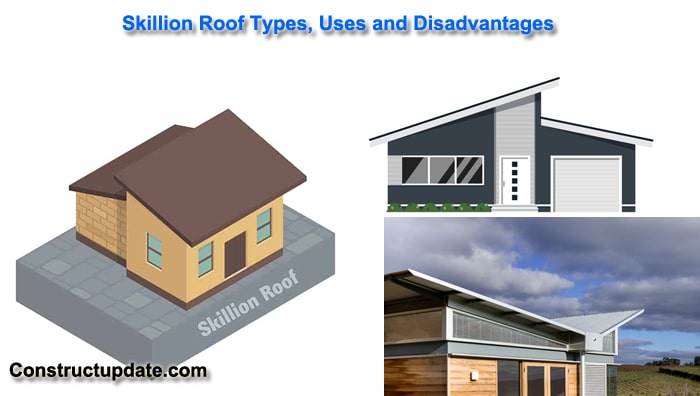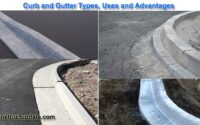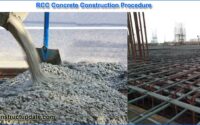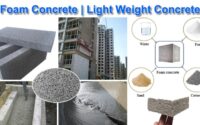Skillion Roof | Skillion Roof Types, Uses, and Disadvantages
What Is Skillion Roof?
A Skillion Roof is a long-lasting, adaptable, and high-performing option for residential design. This style of roof can lend refinement and minimalism to any home, which is why it’s such a popular choice for a modern roof design.
The huge exterior of the skillion roof on top. In the diagram, there is a powerful component. The roofs evoke bucolic improvement and processing threads. It allows for environmentally friendly additions, such as solar panels and skylights.
Experts have given it various distinct names, such as mono-pitched roofs, lean-to roofs, shed roofs, and pent roofs. The skillion roof was a popular roofing technique during the Victorian era, and it was used to expand homes. Despite the fact that they are on a roof, they do not need to be clamped to any part of the roof.
If you’ve never heard of a skillion roof before, here’s all you need to know about it. There is just one flat slope in a roof design. It is a stunning option for individuals who want a minimalist style.

Types of Skillion Roof:
Butterfly Roof
A V roof is another name for a butterfly roof. Two roof surfaces slant down to the inside of the roof on this sort of roof. The slope runs in the opposite direction as the perimeter. Butterfly roofs are associated in the United States, and they are also employed in modern construction. Butterfly roofs, often known as “London” roofs, are extensively utilised in Victorian and Georgian terraced houses in British cities.
Rainwater can travel through both sides of the roof and runoff in the valley’s down place with this roof. The roof is inclined toward the valley ends on one side, and this style of roof has a taller perimeter of walls and clerestory windows that allow light to enter while maintaining seclusion.
Oval Roof:
A curved or oval skillion roof, as opposed to a steep straight line, uses a smooth curve and has a more organic appearance. It may allow for a larger indoor area, even adding additional level if height is restricted and natural wind protection is preferred. Oval roofs, on the other hand, are rarely employed in residential architecture due to their high cost.
Split Skillion Roof:
Split-skillion roofing, which combines classic gabled and skillion roofing in a single home, is becoming increasingly popular.
Multiple Skillion Roof:
Many Skillion roofs of various heights are employed in this form of roofing, which looks aesthetically pleasing. This is a low-cost roofing system with a more attractive appearance.
Uses of Skillion Roof:
There are many uses of Skillion roof, those are-
- Because of the steeper slopes, this style of floor has a good water drainage system.
- This style of roof is flat sailing, inexpensive, and quite quick to build.
- This sort of roof can be customised to the customer’s preferences.
- Another application of the Skillion roof is for expansion.
- There are fewer components on this roof’s isolated slope.
- Skillion roofs offer eco-friendly insertion properties, allowing us to install solar panels, skylights, and other green features.
- The roofs of this sort of roof have a long slope so that the roofs may provide more natural lighting to the homes.
- On top, the Skillion roof provides more space.
- This roof has a longer lifespan than horizontal calibre roofs.
- Bucolic and industrial threads elicit these forms of roofing.
Disadvantages of Skillion Roof
- If the pitch is too steep, a Skillion roof may result in a low ceiling height.
- In hurricane-force gusts, Skillion roofs are easily vandalised.
- When compared to standard roof shapes such as gable and hip, the slopes of these roofs are far too compressed.
- Skillion roofs have a smaller attic.





